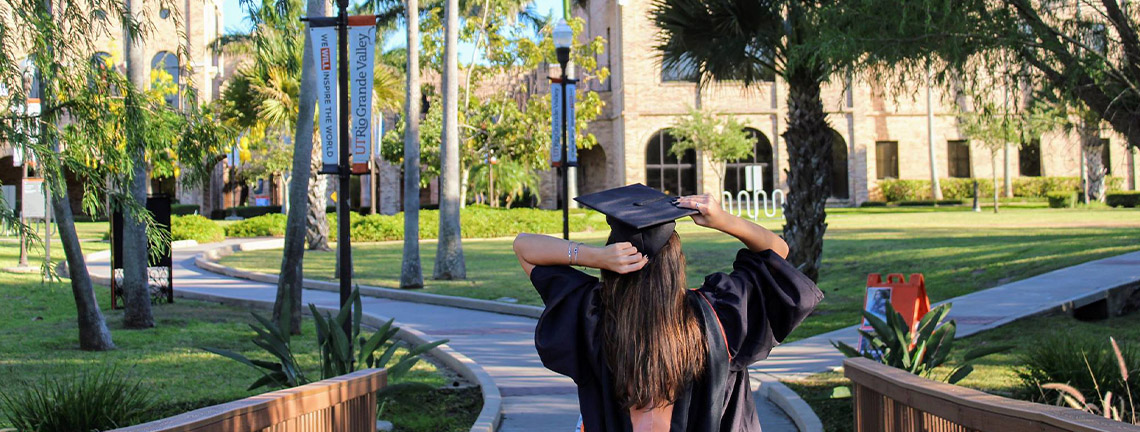
Theses and Dissertations
Date of Award
12-2022
Document Type
Thesis
Degree Name
Master of Science (MS)
Department
Agricultural, Environmental, and Sustainability Sciences
First Advisor
Dr. Pushpa Soti
Second Advisor
Dr. Alexis Racelis
Third Advisor
Dr. Rupesh Kariyat
Abstract
Farm edges are generally the most undisturbed areas in a farm with diverse vegetation and can enhance agrobiodiversity and provide crucial food and shelter for wildlife, insects, and soil biota. Planting native wildflowers with the ability to reseed and withstand local climatic conditions for semi-permanent vegetation around farm edges or in between crops has potential to biologically control pests. To test this, we ran a two-year study and installed three different flowering insectary strips on a certified organic vegetable farm in South Texas during the winter season. The treatments were: 1) a commercially sourced 17-species native wildflower seed mix; 2) sunn hemp (Crotalaria juncea); and 3) weeds that spontaneously germinated. We collected pitfall traps, sticky traps, and blue-vein pollinator trap to capture above ground arthropods and ran PFLAs to determine the proportions of soil microbes. Our results show that the soil microbial communities were influenced by treatment, location, and time. The middle of the insectary strips had significantly higher fungal to bacterial ratios and gram-negative proportions compared to the cash crops. Arthropod communities were influence by time and location but not treatment. Traps collected later in the season showed fewer pests (main order Hemiptera) and more beneficials (main orders Coleoptera and Hymenoptera) in the middle of the insectary strip compared to the cash crop.
Recommended Citation
Richards, L. N. (2022). Incorporating Native Plants in Insectary Strips to Promote Insect Diversity and Below-Ground Beneficial Microbes in South Texas [Master's thesis, The University of Texas Rio Grande Valley]. ScholarWorks @ UTRGV. https://scholarworks.utrgv.edu/etd/1177



Comments
Copyright 2022 Lindsey N. Richards. All Rights Reserved.
https://go.openathens.net/redirector/utrgv.edu?url=https://www.proquest.com/dissertations-theses/incorporating-native-plants-insectary-strips/docview/2802200027/se-2?accountid=7119